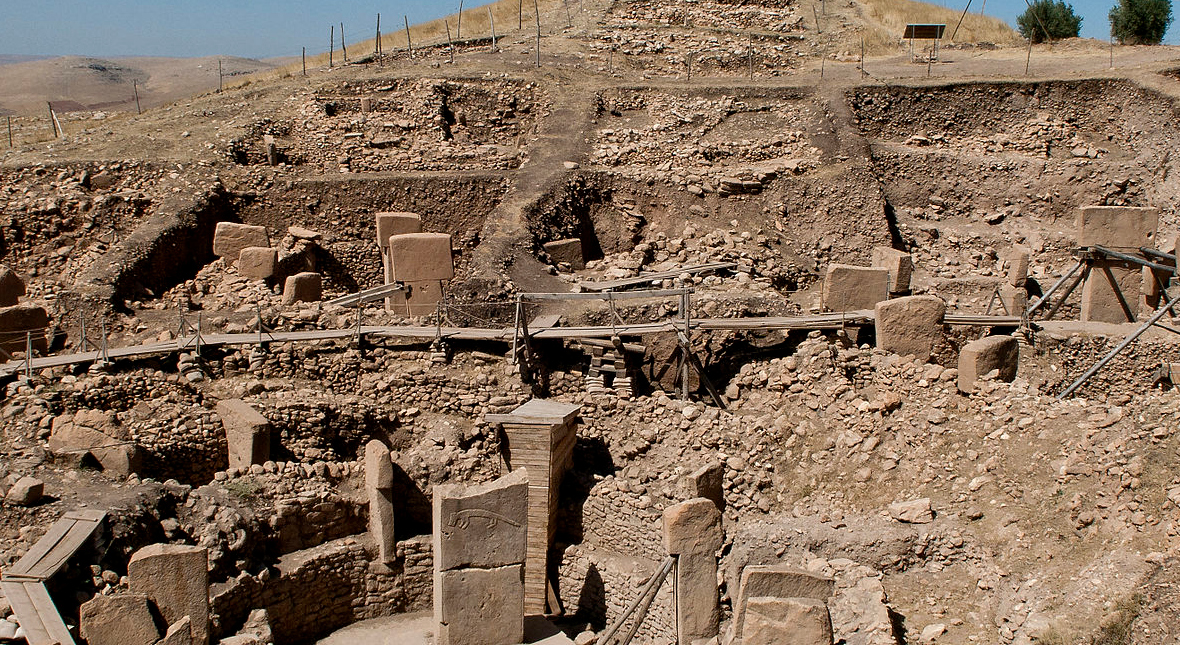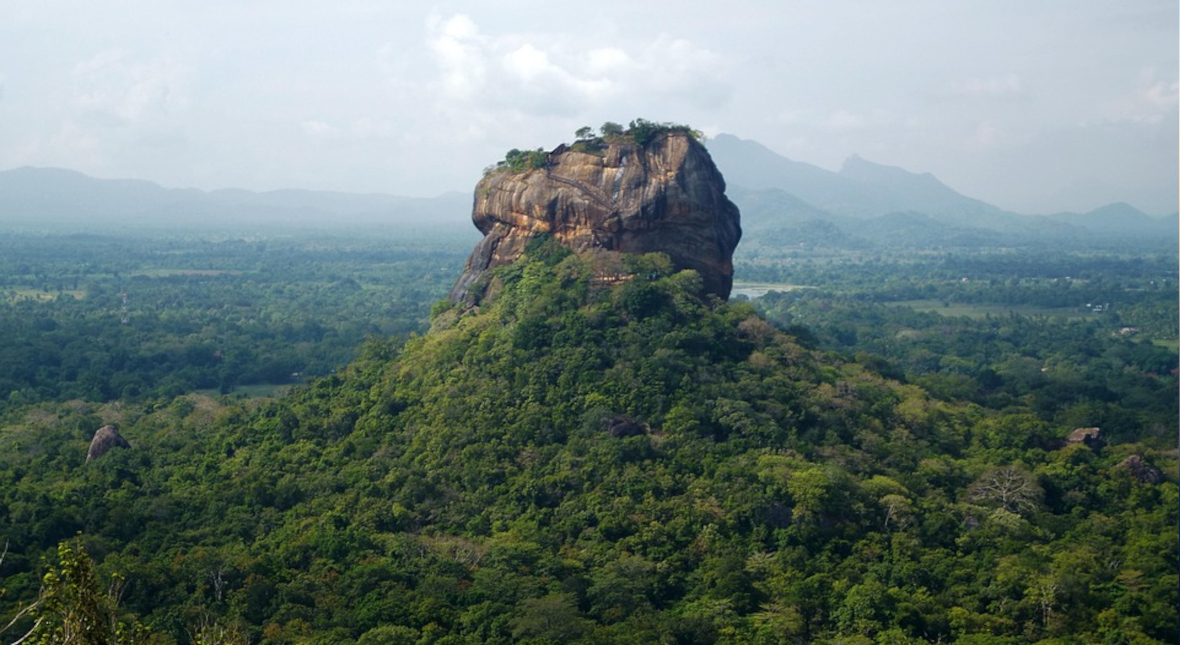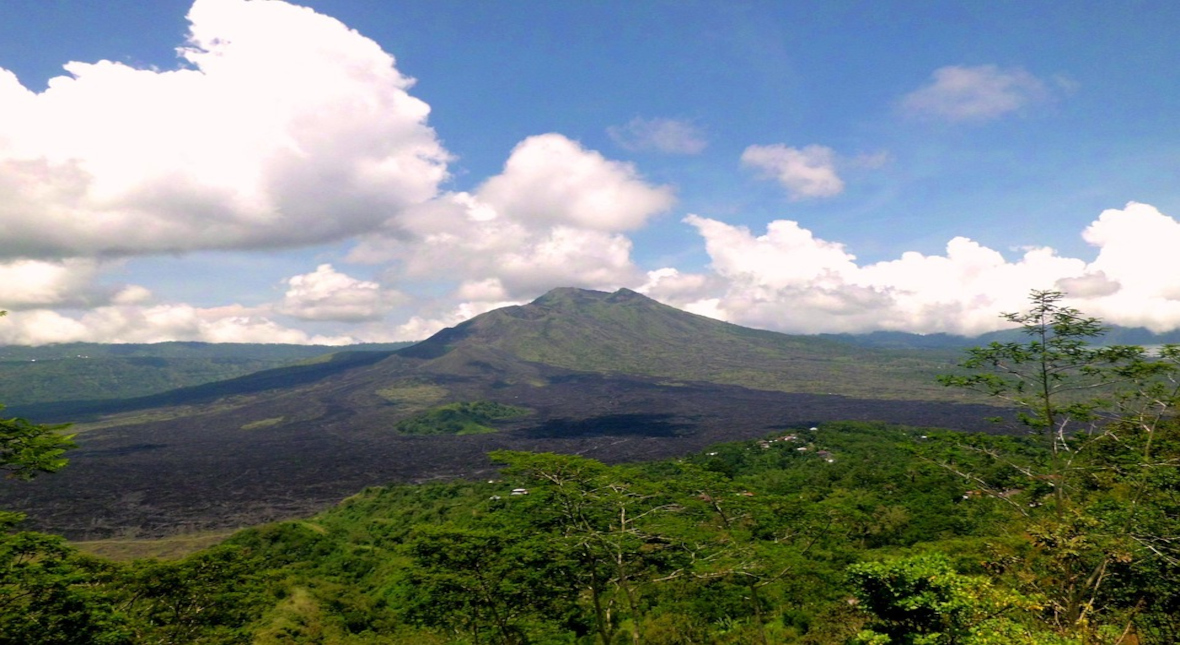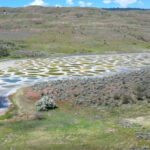Now Reading: Göbekli Tepe: The World’s First Temple?
-
01
Göbekli Tepe: The World’s First Temple?
Göbekli Tepe: The World’s First Temple?

Nestled in the arid landscape of southeastern Turkey, near the city of Şanlıurfa, lies a site that has profoundly challenged everything we thought we knew about the dawn of civilization. Göbekli Tepe, often hailed as the world’s oldest known temple, predates the pyramids, Stonehenge, and even the earliest cities of Mesopotamia by thousands of years.
Discovered only in the late 20th century, Göbekli Tepe has become a game-changer in archaeology and human history. Here’s why this ancient site is so significant—and still so mysterious.
A Timeline That Shocks
Göbekli Tepe was first identified in 1963 by a team of archaeologists from the University of Istanbul and the University of Chicago. At the time, they mistook the site for a medieval cemetery. It wasn’t until 1994, when German archaeologist Klaus Schmidt revisited the site, that its true significance was uncovered.
Radiocarbon dating places the construction of Göbekli Tepe at around 9600 BCE—over 11,600 years ago. That’s 7,000 years before the Great Pyramid of Giza, and 6,000 years before Stonehenge. At this time in human history, people were still hunter-gatherers. The Neolithic Revolution—the shift to agriculture—was just beginning.
Architecture Beyond Its Time
The site is composed of massive circular and oval-shaped structures, each dominated by T-shaped megaliths—some weighing between 10 and 20 tons. These pillars were carved from limestone using stone tools, then transported and erected without the use of wheels, metal tools, or domesticated animals.
At the center of many enclosures stand two larger pillars, often interpreted as anthropomorphic figures. These are surrounded by a ring of smaller pillars. The arrangement suggests a complex ritual or symbolic function, possibly related to death, spirituality, or seasonal cycles.
Symbolism and Animal Motifs
The pillars are richly decorated with relief carvings of animals—foxes, snakes, boars, vultures, lions, and insects—each possibly holding symbolic meaning. Some carvings show scenes of predation and danger, while others may represent celestial events or mythological stories.
One of the most famous reliefs, known as the “Vulture Stone” (Pillar 43), shows a headless human figure beneath a vulture, a motif possibly linked to sky burials or spiritual beliefs about death and the afterlife.
Some researchers suggest that these carvings represent a kind of proto-writing or a symbolic language—though no one knows how to read it.
The Agriculture Theory Flip
Before Göbekli Tepe’s discovery, the prevailing theory was that humans settled down and started farming first—and then developed religion and temples. But Göbekli Tepe flips that sequence on its head.
There’s no evidence of permanent housing or farming at the site. It appears that nomadic or semi-nomadic groups gathered here seasonally to build, worship, or participate in ceremonies. Some archaeologists now believe that the desire to gather for religious or ritual purposes may have been the catalyst that led humans to domesticate plants and animals, eventually giving rise to agriculture and civilization itself.
Who Built It—and Why?
Göbekli Tepe was built by prehistoric hunter-gatherers, which challenges the idea that complex societies only emerged after agriculture. Some scholars now suggest that the desire to build sacred spaces like Göbekli Tepe may have actually driven humans to settle down and farm—not the other way around.
But the purpose of the site remains elusive. Was it a temple, an astronomical observatory, or a gathering place for ancient ceremonies? The lack of domestic artifacts like hearths or houses suggests it wasn’t used for everyday living.
Why Was It Buried?
One of the most intriguing aspects of Göbekli Tepe is that it was intentionally buried around 8000 BCE. Why? We don’t know. This wasn’t natural erosion—large amounts of backfill material were carefully used to cover the site. Was it to protect it? To close a chapter in spiritual history? Or did it signal a cultural or religious shift?
Some think the burial was part of a ritual closure, while others believe later generations simply lost the knowledge of its builders.
Still So Much to Discover
Despite its fame, only 5–10% of Göbekli Tepe has been excavated. Ground-penetrating radar shows there are dozens of enclosures still buried. Each dig season reveals more about this enigmatic place—but it also raises new questions.
In 2018, the site was designated a UNESCO World Heritage Site, and Turkey has invested heavily in preserving it while allowing continued excavation.
Theories and Mysteries
Göbekli Tepe’s true purpose remains a mystery. Here are some of the leading theories:
- Temple complex for spiritual ceremonies or ancestor worship
- Astronomical observatory, aligned with stars or solstices
- Shamanic center for rituals, healing, or initiation rites
- Social unifier, where different clans met to reaffirm alliances
Some fringe theories even link it to Atlantis, extraterrestrial contact, or a forgotten lost civilization, though these lack mainstream archaeological support.



























